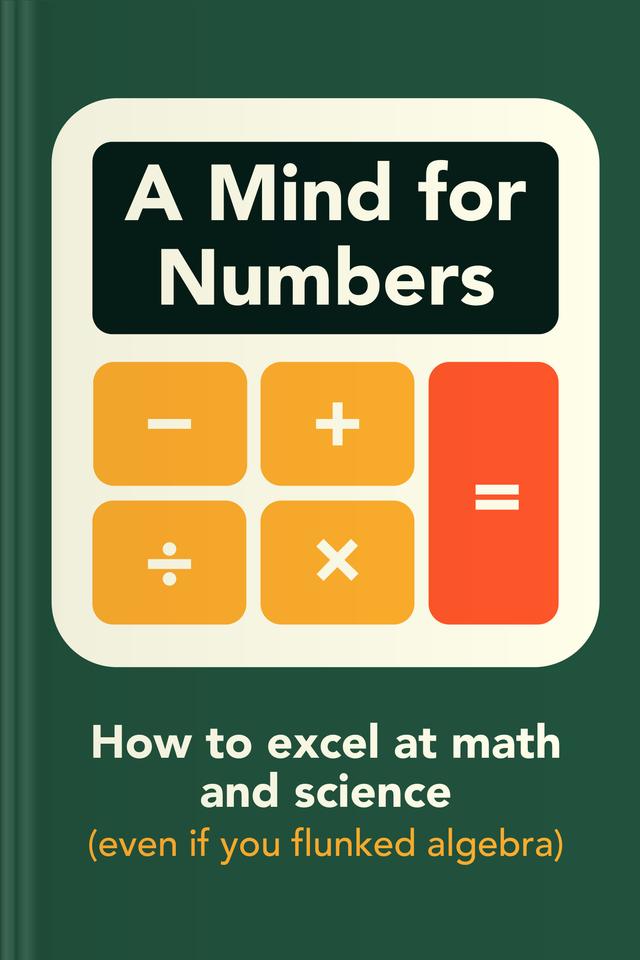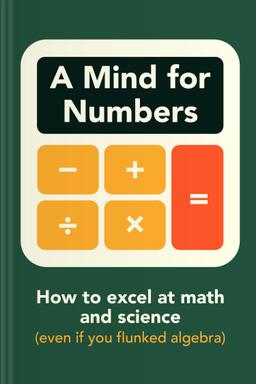You’ll learn
- Poincare's secret to problem-solving
- How to master learning in a knowledge-rich era
- About balancing focused and diffuse thinking
- To overcome procrastination effectively
russia has launched a full-scale war in Ukraine. Donate to support Ukraine and protect the world’s peace.

first KEY POINT
No matter how experienced you are, you're about to discover innovative methods to enhance your learning skills, especially in Mathematics and Science. Henri Poincare, a renowned 19th-century mathematician, solved a challenging problem that stumped him for weeks just by taking a break, thus distancing himself from the unresolved question. Dr. Oakley shows how this approach can also work for you — as sometimes stepping back is the key to moving forward.
Rereading material makes it easier for the mind to process information, contributing to the illusion that the material has been retained. This summary exposes typical deceptions of understanding, equipping you with the tools to overcome them and maximize your learning efficiency. The explosion of knowledge in these new days of insight makes mastering effective learning all the more crucial.The following minutes will cover effective learning techniques, such as holding your focus, spacing out your practice, and condensing critical ideas to help you retain them more easily. Enrich your learning and life with simple, practical approaches to reduce frustration and enhance learning.Who is this summary for?• High school students struggling with math
• College students aiming to expand their math and science skills
• Parents guiding children in math or science pursuits
• Professionals preparing for vital certification tests
• Homeschoolers, teachers, and professors in different fields
• Retirees seeking new knowledge in computing or cooking
second KEY POINT
When faced with a challenge, you switch between two focused and diffuse thinking modes. At first, you focus on the situation. Then, you turn away from the new learning to use diffuse thinking instead.Learning math and science requires a greater focus than learning languages and people. Humans have not evolved in their manipulation of mathematical ideas. Hence, the level of abstraction involved in math and science is higher than in other fields.In addition to abstraction, the encryption of math and science adds several levels of complexity. While a child might connect the word “cow” to a tangible image, translating a mathematical symbol into a real-world counterpart might be more complicated.To overcome this challenge, embrace the power of diffuse thinking. This mode allows you to flexibly reassess initial problem-solving approaches that might be misleading or irrelevant in the current context.

Continue reading with Headway app
Continue readingfirst KEY POINT
second KEY POINT
third KEY POINT
fourth KEY POINT
fifth KEY POINT
sixth KEY POINT
seventh KEY POINT